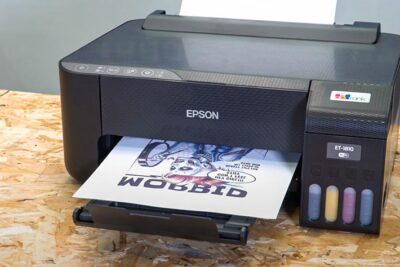
🗣️ 11 Advanced Questions about Sublimation - Part 1
🗣️ 11 Advanced Questions about Sublimation - Part 1
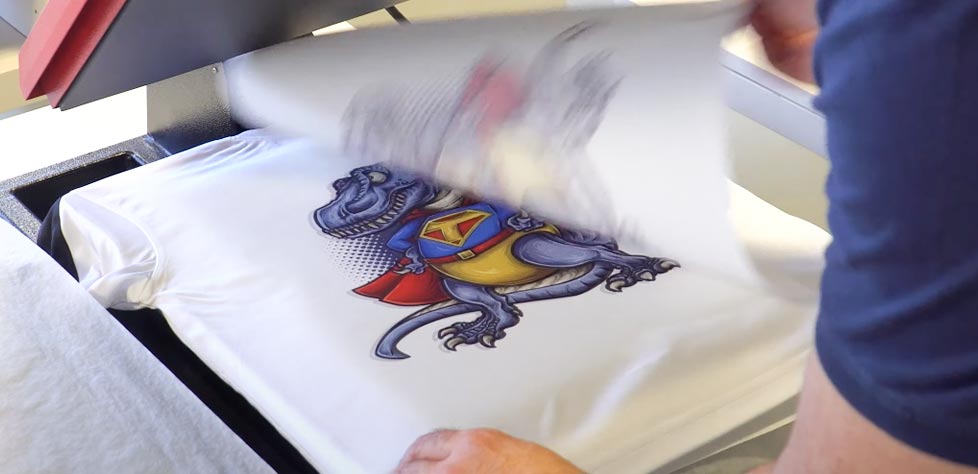
Have you been working with sublimation for a while and are facing technical challenges? In this guide, we compile the most frequently asked questions that arise when delving into this technique, along with practical solutions to optimise your results.
Issues with Sublimation Printers and Inks
Why don't the printed colours match those on my screen?
This usually happens for one of these reasons:
- Colour settings: The file may be in CMYK while the printer operates in RGB (or vice versa). Ensure you use the same colour space on both platforms.
- Clogged Injectors: The print heads might be dirty or partially blocked.☝️ Solution: Perform a print head cleaning and adjust the colour profiles in the printing software.
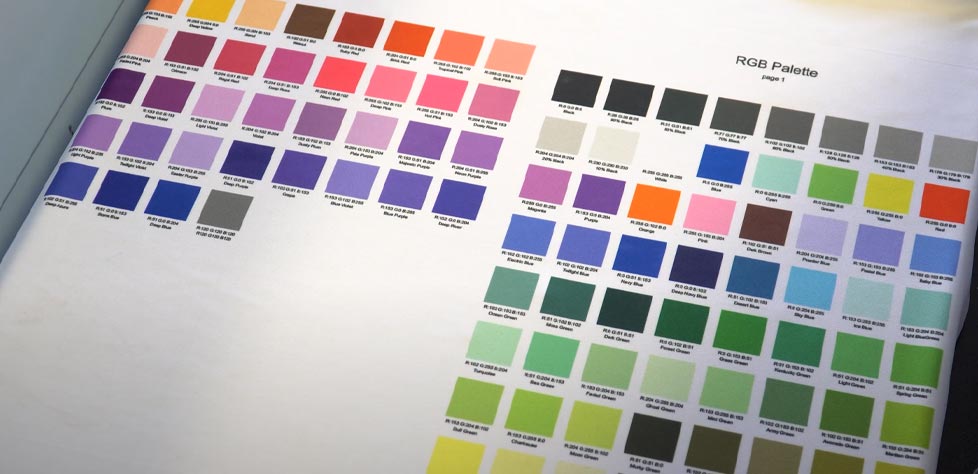
Why do printers fail if not used frequently?
The sublimation inks are water-based and can dry out on the printheads, especially in dry or hot environments. This can cause blockages that hinder printing.
👨🏫 Practical tip: Perform printhead cleanings or maintenance at least twice a week. If you work in a dry environment, use a humidifier to keep the relative humidity above 40%.
What to do if the print head remains clogged after several cleaning attempts?
Place a small amount of cleaning fluid on the printhead resting base and let it sit for 30 minutes. Then, carefully clean the nozzles using a cotton swab soaked in the same fluid.
⚠️ Note: If the issue persists, it may be necessary to change the print head.
Transfer Errors and Solutions
Why do ink spots or stains appear on sublimated t-shirts?
This occurs when residual ink from the paper or the heat press comes into contact with the garment.
☝️ Solution: Use protective paper between the garment and the iron. Additionally, ensure to regularly clean the iron's surface.
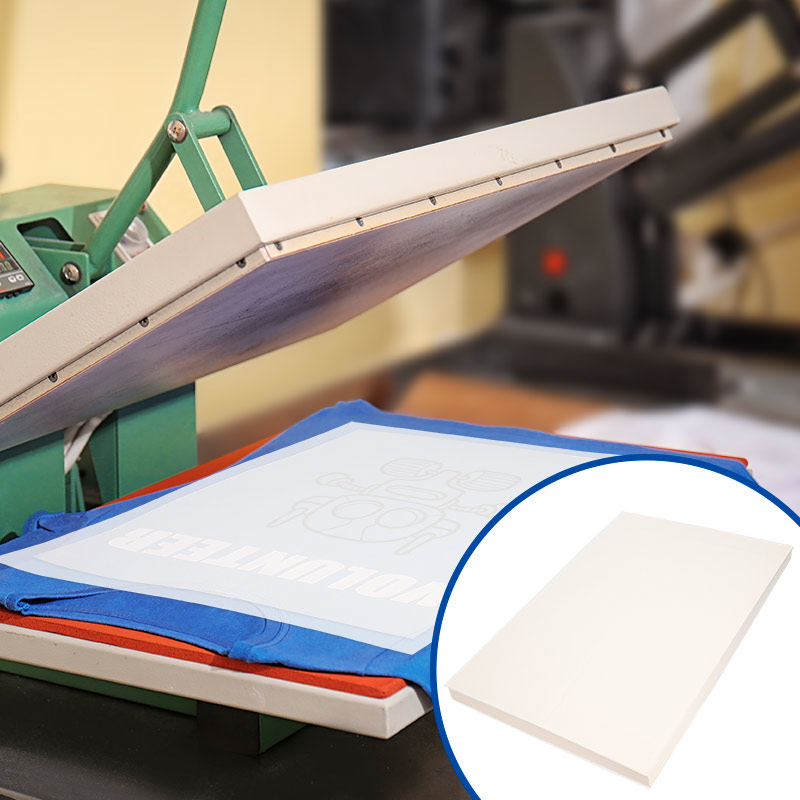
How to prevent sublimated objects from warping as they cool?
Objects such as placemats or sunshades can become deformed after exposure to heat, depending on the type of material they are made from.
👨🏫 Practical tip: Place the sublimated object under a flat and even weight while it cools. If it still shows deformations, heat it again for a few seconds and repeat the process.
What to do if the design shifts during transfer?
Movement can cause shadows or duplications in the print, known as ghosting or the ghosting effect.
☝️ Solution: Secure the sublimation paper with heat-resistant tape to prevent it from shifting during the process.
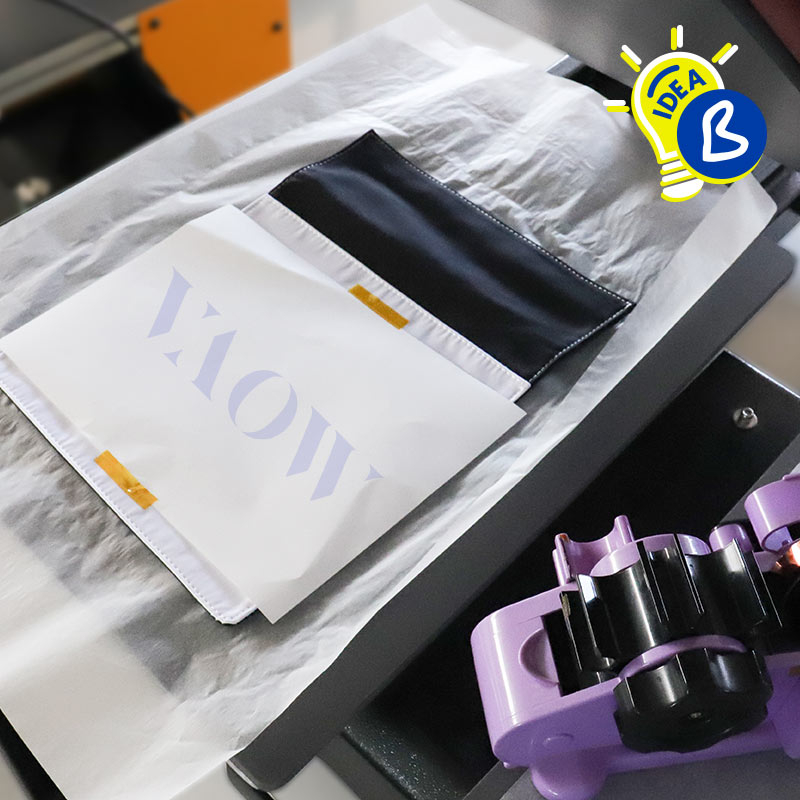
Optimisation of results
What quality should the images be for sublimation?
Images must have a resolution of at least 300 dpi. If you are working with vector graphics, ensure you export them in high quality for scalability without loss.
What is the best paper for sublimation?
Always use specialised sublimation paper. Generic papers or those not designed for sublimation may absorb ink and result in dull outcomes.
👨🏫 Tip: Experiment with different options to find the one that works best with your equipment and ink.
How to avoid lint on sublimated garments?
Before sublimating, use a lint roller to clean the surface of the garment. This will remove particles that could be printed along with the design.
Sublimable Materials
Can I sublimate any polyester object?
Yes, as long as the object is at least 60% polyester and has a white surface. However, some finishes may make the transfer more difficult.
👨🏫 Practical Tip: Conduct a test before sublimating products not specifically prepared for this technique.
How can I create custom sublimable objects?
You can use varnishes like Subli Glaze to convert rigid surfaces into sublimable ones. Apply them on wood, metal, glass, or ceramic following the manufacturer's instructions. Read more about these coatings at: How to make an item sublimable with Subli Glaze sprays
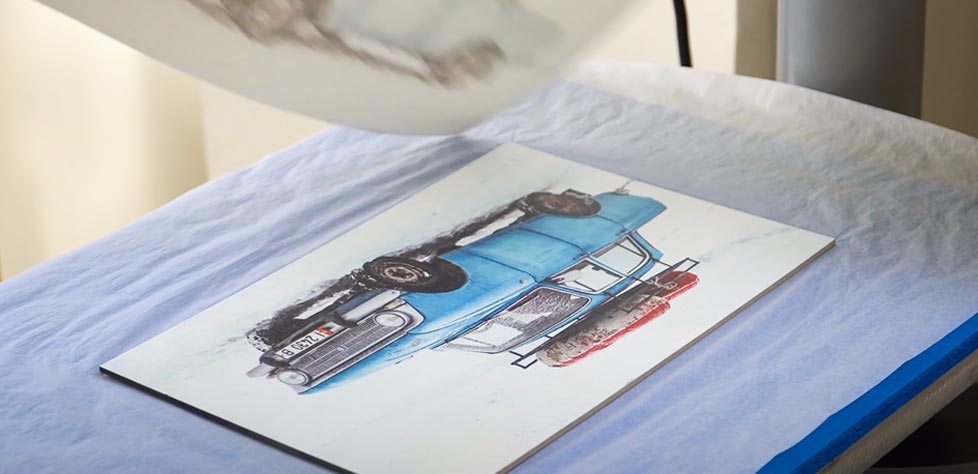
With these responses, we hope to assist you in overcoming the most common advanced sublimation issues. You can also watch the video: SUBLIMATION PROBLEMS and their SOLUTION Do you have any experiences or tips? Share them in the comments and let's continue learning together!
If you have any questions or queries, please feel free to leave a comment. You can also contact our Customer Service team for more information or to address any concerns.
Additionally, we will share on our social media platforms the first impressions and ideas for using this new cutting tool. Follow us on Instagram and TikTok to stay updated with all the latest, and don't forget to subscribe to our YouTube channel to continue learning with us.
See you in the next post!
WE WANT TO KNOW WHAT YOU THINK
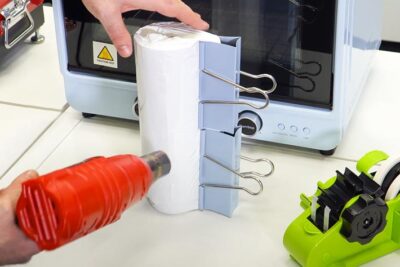


You may also like